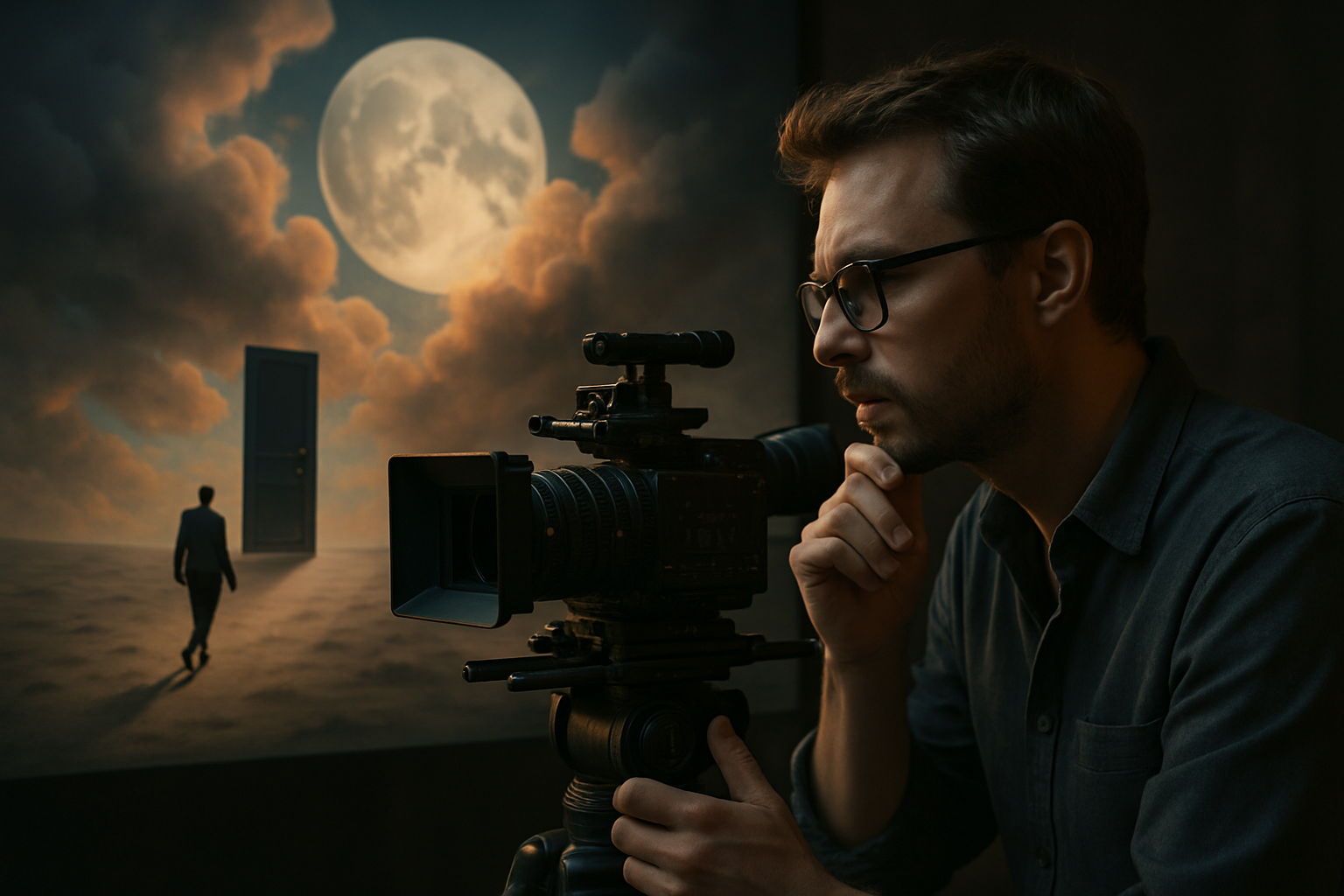Dissecting the Rise of Neo-Surrealism in Modern Cinema
Introduction: In a world where reality often teeters on the edge of the fantastical, the role of neo-surrealism in modern cinema has made a notable impact. This movement, a revival and reinterpretation of the early 20th-century Surrealist art movement, presents a fascinating lens through which to view today's film industry.

A Glimpse into the Surrealist Past
The Surrealist movement, born in the early 1920s, was designed to shock and provoke, merging the world of dreams with reality. Surrealist artists like Salvador Dali and Rene Magritte pushed the boundaries of perception, creating art packed with symbolism and absurdity. This form of creative expression has evolved and found its footing in the world of contemporary cinema, redefined and reinterpreted as neo-surrealism.
The Emergence of Neo-Surrealism in Cinema
Neo-surrealism in cinema emerged as a response to a world increasingly blurring the lines between the real and the virtual, the tangible and the imagined. Directors like David Lynch and Terry Gilliam have championed this trend, creating films that fuse reality and fantasy in a dreamlike, often disconcerting way.
Neo-Surrealism’s Impact and Significance
The influence and significance of neo-surrealism in modern cinema are profound. It challenges audiences to suspend their grasp on reality, to accept the irrational and the bizarre as part of the narrative. This movement not only pushes the boundaries of conventional storytelling but also allows directors and writers to explore complex themes and ideas in a non-linear, non-realist format.
Current Developments and Updates
Neo-surrealism continues to evolve, making its presence felt in various aspects of contemporary cinema. It is seen in the works of many up-and-coming filmmakers who are pushing the boundaries of storytelling, weaving intricate narratives that blur the lines between the real and the imaginary. Netflix’s recent hit, “The Midnight Gospel,” is a perfect example of this trend.
The Future of Neo-Surrealism
As we look ahead, the role of neo-surrealism in cinema seems poised to grow. With technology’s advancement, filmmakers now have more tools at their disposal to create stunning visual narratives that defy logic and reason. This, coupled with audiences’ growing appetite for content that challenges norms and explores the boundaries of reality, suggests that the future of neo-surrealism in cinema is bright and promising.
The revival of surrealism in the form of neo-surrealism in modern cinema is a testament to the enduring power of this artistic movement. It continues to challenge audiences, pushing the boundaries of storytelling and offering a fresh perspective on the world around us. As we move forward, it will be fascinating to see how this movement continues to evolve and shape the future of cinema.





